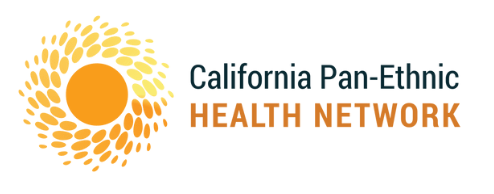After an eventful few weeks, Friday Facts is back! May is both Asian Pacific American Heritage Month and National High Blood Pressure Education Month, so today’s edition of Friday Facts will focus on the disparate rates of high blood pressure in California’s Asian subgroups.
As you can see from the chart, there are some dramatic variations in high blood pressure rates across the Asian ethnic subgroups. Japanese adults, for example, have the highest rate at 35.4%, which is higher than other populations, including Chinese (18.2%) and South Asian (8.2%) adults.
In attempts to understand and address these disparities between ethnic subgroups, researchers have found that physicians should consider the role culture plays when treating patients for high blood pressure and other chronic conditions.
“Our results suggest that susceptible populations like the Filipino and Japanese subgroups may warrant early and aggressive intervention in blood pressure reduction to help decrease cardiovascular risk,” said Dr. Powell Jose, Research Physician at the Palo Alto Medical Foundation Research Institute. “Physicians should attempt to better understand cultural differences and barriers that may influence diet and health behaviors in Asian-American subgroups. Nutrition and lifestyle counseling must be offered to these higher risk populations to help control hypertension in addition to medical therapy, when indicated.”
Promoting culturally and linguistically appropriate access to coverage and care is one of the core components of CPEHN’s 2015 policy agenda. The Affordable Care Act has expanded coverage to millions of Californians, and Asian communities have seen a significant benefit. For example, Asians represented nearly 1 in 5 enrollees in Covered California this year. With such significant expansions, CPEHN will continue our work to ensure that the newly insured have access to culturally and linguistically appropriate health care. We are currently working with the legislature and state agencies to ensure provider directories include updated information on doctors and languages spoken, consumer information and notices are translated, hospital language assistance policies are updated, and consumers have timely access to health care services in their native language.
These are just a few of the ways we can promote better cultural and linguistic coverage and care. With more appropriate treatment options and targeted strategies, maybe we can reduce the inequities in high blood pressure among certain Asian subgroups.
And as a reminder, if you haven’t had yours checked in a while, what better way to celebrate National High Blood Pressure Education Month than by making sure your blood pressure is at a safe level?
